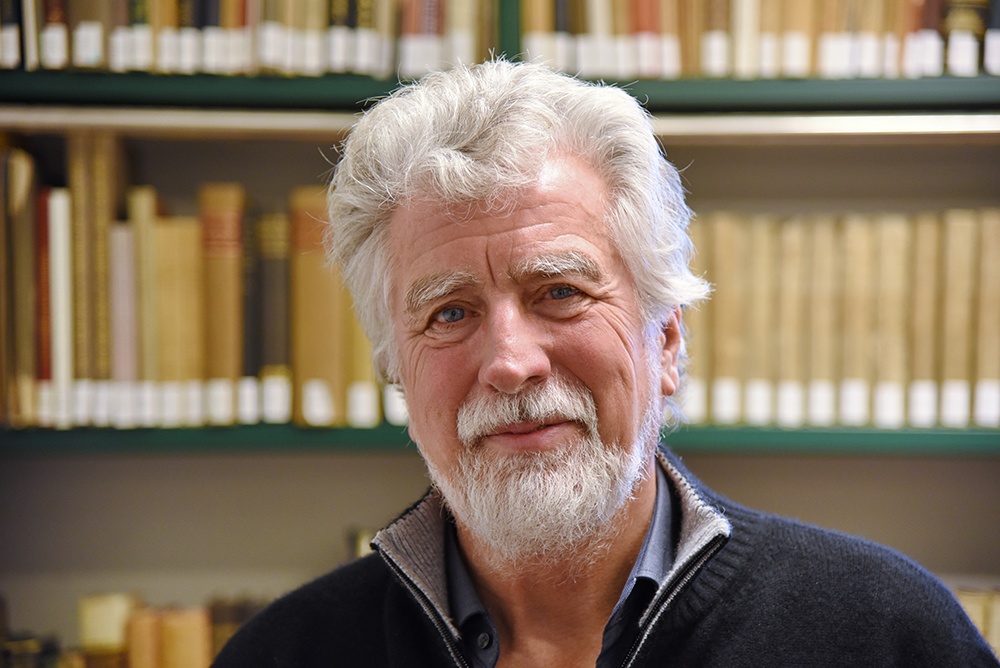Victor Stoichita
Body Politics in the Italian and Spanish Renaissance
2020-2021 (April-May)

Biography
Victor I. Stoichita is Professor for Early Modern Art History at the University of Fribourg (Switzerland). He is the author of many art historical books translated word wide. He is a member of the Academia Europaea and of the Academia dei Lincei, of the Royal Academy of Belgium and of the Polish Academy of Sciences and Arts. In 2016, he was Erwin Panofsky Visiting Professor at the Zentral Institut für Kunstgeschichte (Munich), and in 2017, he gave the Bernard Berenson Lectures at I Tatti. In 2018, he held the Chaire Européenne annuelle at the Collège de France and in 2019, the Europa-Gastprofessur at the Collegium Europaeum in Saarbrücken.
Project Summary
The project concerns the writing of a book based on the 2017 Bernard Berenson Lecture at I Tatti. The first chapter explores the power of the gaze motif and its roots in the Arena Chapel in Padua. Special attention will be paid to representations of “envy” and “the evil eye” in Giotto’s frescoes, with particular reference to natural philosophy, theological literature, and earlier iconography of Vices and Virtues. The second chapter focuses on Renaissance portraits as settings of optical conflicts. If the portrait exhibits the person, how can it be protected? This chapter will consider the neuropsychological notion of “peripersonal space”, the region of space immediately surrounding our bodies within which objects can be grasped and manipulated. The gaze will be considered in its agency, able to act within this space. Works by Dürer, Raphael, and northern Italian artists will serve to illustrate this phenomenon. The third chapter considers armor during the High Renaissance as a double of the body, a kind of super-body, a simulacrum that is inhabited. Armor is discussed as an essential component of the organism of power that reinforces the actual body even as it hides it, constructing the princely person and integrating him into a hierarchical space and hence into a precarious equilibrium between domination and submission.
